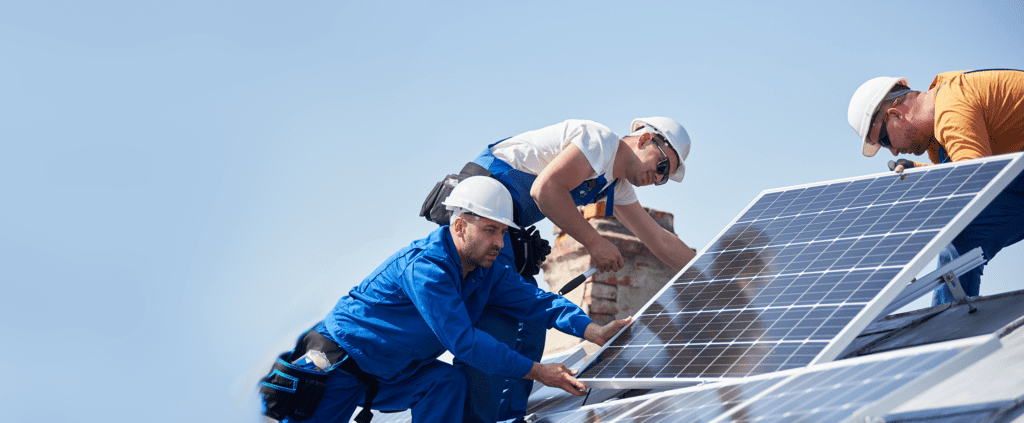
The solar industry has grown exponentially over the past decade, with installations becoming a common sight on residential and commercial properties alike. However, a critical aspect of maintaining the longevity and efficiency of these solar systems is the proper execution of Removal and Reinstallation (R&R) when necessary. While roofers have the skills necessary for roofing work, there are compelling reasons why they should not be tasked with solar R&R projects.
Understanding the Scope of Solar R&R
Solar R&R refers to the process of removing solar panels and associated equipment (like mounting hardware and inverters) from a roof and reinstalling them. This may be required for several reasons:
- Roof repairs or replacement necessitating the temporary removal of panels.
- Upgrading the solar system with newer technology or more panels.
- Correcting initial installation errors.
Each of these scenarios requires not only a deep understanding of solar technology but also precision in handling and reinstalling the equipment to ensure system performance and safety are not compromised.
1. Specialized Technical Expertise
Solar technicians undergo specific training for handling solar panels and the complex electrical systems associated with them. They are educated in the nuances of various solar technologies, including the safe disconnection and reconnection of electrical systems, which is vital to prevent any electrical accidents. Roofers, while experts in their field, typically lack this specialized solar training. The technical expertise required goes beyond the mechanical attachment of panels to a roof—it involves electrical safety, system configuration, and optimizing the layout for energy production.
2. Risk of Voiding Warranties
Solar panels and inverters come with manufacturer warranties that can be voided if the installation or maintenance is not carried out by certified professionals. Manufacturers often require that only certified solar technicians perform any work on the components to keep the warranty intact. If a roofer, without the appropriate certification, undertakes an R&R project, there’s a significant risk that these warranties could be voided, leaving the homeowner or business exposed to potential future costs if the system malfunctions.
3. Safety Concerns
The installation of solar panels involves working with high-voltage electrical systems. Proper safety protocols must be followed to protect the workers and the property. Solar technicians are trained in these protocols and are equipped with the necessary safety gear and tools. Roofers, unless they also possess solar certifications, generally lack this specific training, which increases the risk of electrical accidents or fire.
4. Ensuring System Performance
Solar R&R is not just about physically moving panels; it’s also about ensuring that the system’s performance is not degraded once reinstalled. Solar technicians can assess the system’s health, perform necessary maintenance, and ensure that all connections and configurations are optimized for maximum efficiency. Roofers may not have the tools or knowledge required to perform these checks, which could lead to reduced system efficiency and higher energy costs over time.
5. Compliance with Codes and Regulations
Solar installations are subject to various local, state, and federal regulations and building codes. Solar technicians are familiar with these regulations and can ensure that the reinstalled system complies with all necessary requirements. This compliance is crucial not only for safety and performance but also for qualifying for solar incentives and rebates. Non-compliance can result in fines and the loss of financial benefits associated with solar power.
6. Long-term Reliability and Maintenance
A properly performed R&R extends the lifespan of a solar installation and reduces the likelihood of future issues. Solar technicians will ensure that the system is not only reinstalled correctly but also set up for easy access and maintenance. Roofers might not consider these factors, potentially complicating future maintenance and inspections.
Conclusion
While roofers are indispensable for their expertise in roof maintenance and installation, the specialized nature of solar technology and the risks associated with improper handling make it clear that R&R should be left to qualified solar technicians. Property owners should ensure that any R&R work is done by professionals who are specifically trained and certified in solar technology to maintain system performance, comply with regulations, and uphold warranty conditions. This approach not only protects the investment but also ensures the safety and efficiency of the solar power system for years to come.
